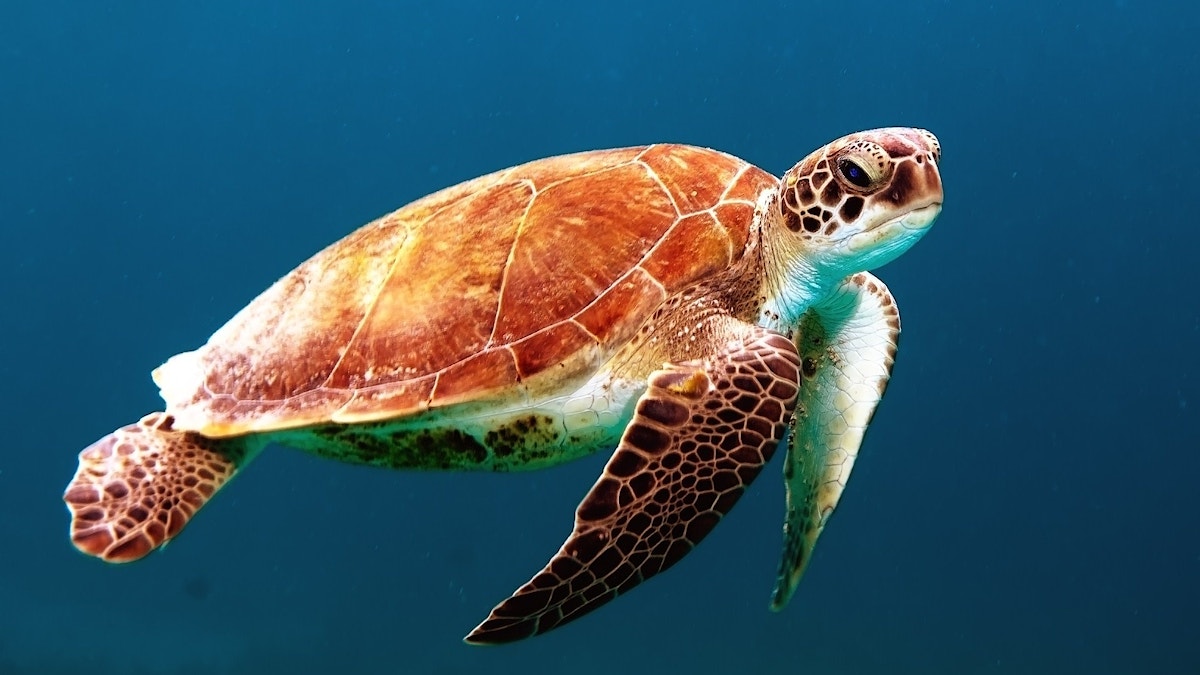
Ask Dr Dazza: What you need to know about oysters
Published 5:00am 10 April 2022

Oysters. They are more than just an entrée at the RSL!
Oysters are important aquatic engineers that can structure entire coastal ecosystems, provide food and habitat for fish and other animals, filter phytoplankton, uptake nutrients and stabilise shorelines.
It is the ability to filter large volumes of water that sets oysters apart from other high-value coastal habitats such as seagrass. Oysters are the kidneys of coastal waters. However, 85 per cent of oyster reef ecosystems globally have been lost during the past 130 years. This figure is even higher for the Australian east coast where oyster reefs have been identified as functionally extinct.
At the time of European arrival in Australia, oyster reefs were extensive in east coast estuaries and extended well into subtidal habitat. Moreton Bay was no exception and vast oyster beds were present at sheltered locations such as Pumicestone Passage.
Now, oysters only grow unaided as a veneer in the intertidal zone in some places. The loss of functioning oyster reef habitat has reduced the resilience of Moreton Bay to water quality impacts and eliminated structurally complex habitats that supported many fish species of recreational significance.
Early European colonists used oysters from Moreton Bay as construction material – specifically lime for mortar. Evidence of this still exists. The heritage-listed Commissariat Store in Brisbane’s CBD (William Street) contains, in part, oyster shells from Amity Point (Pulan Pulan).
The cumulative impacts from a series of very large floods between 1887 and 1893 and the vast amount of sediment from newly cleared parts of the catchment from European agriculture appears to be the initial cause of the significant large-scale declines in oyster reefs in Moreton Bay.
Several areas in Pumicestone Passage and the western side of Moreton Bay, where seagrass grows, were probably dominated by oyster reefs rather than seagrass at the time of European arrival. However, seagrass habitats can also benefit from nearby oyster reefs due to the oyster’s ability to reduce nutrients and suspended sediment in the water column.
Projects to revive reefs
During the last decade there has been much interest in restoring oyster reefs in Moreton Bay and elsewhere in Australia. This has been largely led by community groups. Trials of oyster reef restoration in Pumicestone Passage which was driven by the local community (Restore Pumicestone Passage) showed extremely promising results in terms of recruitment of oyster spat (baby oysters) and use of oyster reefs of fish species of recreational importance.
The Central Moreton Bay Ozfish Chapter has an ambitious goal of restoring at least 100ha of shellfish reef in Moreton Bay during the next 10 years and beyond. Substantial progress has already been made.
A Moreton Bay Shellfish Recycling Centre has been established which collects and sterilises used shells from seafood businesses and restaurants. Old oyster shells are just the thing for oyster spat to land on and attach themselves. Well designed Robust Oyster Baskets (ROBs) made from degradable mesh are providing to be efficient and effective at creating the reefs.
Overall, oyster reef restoration represents a fantastic positive initiative that can improve recreational fishing opportunities and the health of our Moreton Bay.
This column was written by Dr Daryl McPhee
More fishing content

Moreton Bay has a wonderfully diverse array of fish for the recreational angler to catch, but this can lead to problems for anglers to correctly identify them and know the correct size and bag limits. Here’s some tips on getting it right

Moreton Bay has a wonderfully diverse array of fish for the recreational angler to catch. There is just one problem with this for the average angler and this is correctly identifying them. Let’s start with the grass sweetlip or grassies as they are called and spangled emperor.
Related Stories
Top Stories

Seven charged in Operation Lasso
Police have arrested seven people, including some from North Lakes and Mango Hill, on 20 charges, after a road safety operation last night.


Popular Stories

Beach-front tree deliberately poisoned
A huge Norfolk Pine tree on Redcliffe’s foreshore has been deliberately poisoned and is in danger of being cut down.

Polar Plunge for Special Olympics
A Morton Bay mum will plunge into icy water next month to raise money for Special Olympics – and she wants others to join her. Here's how to get involved...

Photo gallery: 2024 Jetty 2 Jetty
More than 5000 people took part in the Jetty 2 Jetty Half Marathon and Fun Run on Sunday, July 21 – running, walking or rolling in one of five categories. Check out the photo gallery













